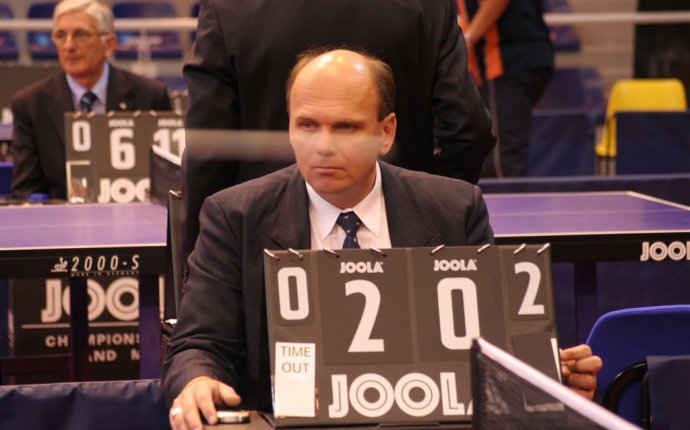
ITTF rules and regulations
 The ease and relative affordability of table tennis has made it one of the most popular sports in the world today in participation. Not only is the game easy to learn, but it is also extremely fun and requires little financial investment or space.
The ease and relative affordability of table tennis has made it one of the most popular sports in the world today in participation. Not only is the game easy to learn, but it is also extremely fun and requires little financial investment or space.
All you need is a table, a net, a ball and a racket to get started. You can play anywhere, at any anytime and just a couple of hours a week hitting that little white ball around can do wonders for your fitness.
Like all sports, there are of course some rules to follow, whether you’re playing a friendly match at the home, local club or participating in a tournament. The is the sport’s main regulatory body and sets the rules for the game.
Your Equipment
While there are fewer restrictions in a friendly match, the ITTF carefully regulates the equipment used during a tournament.
The table, or playing surface, should be 2.74m long and 1.525m wide, on a platform 76cm above the floor. The top of the net, along its whole length, must also be 15.25cm above the playing surface.
In a tournament, the ball used must have a diameter of 40mm and weigh exactly 2.7g. Additionally, the ball can only be made out of celluloid or similar plastics material and be either white or orange, and matt, in colour .
Finally, the racket can be of any size, shape or weight but the blade must be flat and rigid and be made out of 85% natural wood. Before the start of a match, a player must allow his/her opponent and the umpire to inspect the racket he/she is about to use.
Playing The Game
A game is started when one player (server) makes a service before the receiver makes the return.
The Server should:
- start with the ball resting freely on an open palm.
- project the ball near vertically upwards, without imparting spin, so that it rises at least 16cm.
- strike the ball so that it touches first his/her court and then, after passing over the net assembly, touches directly the receiver's court. In doubles, the ball must touch successively the right half court of server and receiver.
Once the ball has been served, both players are to make returns until a point is scored. In doubles, each player on the same team must take turns to make the return.
After 2 points have been scored, the receiving player/pair shall become the serving player/pair and so on until the end of the game.
Scoring
A set is when one of the players or pairs first score 11 points. In the event that both players/pairs score 10 points, a set is be won by the first player/pair to gain a 2-point lead. A full match is won when a player or pair wins the best of any odd number of sets (3, 5, 7).
A point is scored when:
1. an opponent fails to make a correct service,
2. an opponent fails to make a return,
3. the ball touches any part of an opponent’s body,
4. an opponent strikes the ball twice in succession,
5. if an opponent, or anything an opponent wears, touches the playing surface or net during play,
6. if a doubles opponent strikes the ball out of the sequence established by the first server and first receiver.









